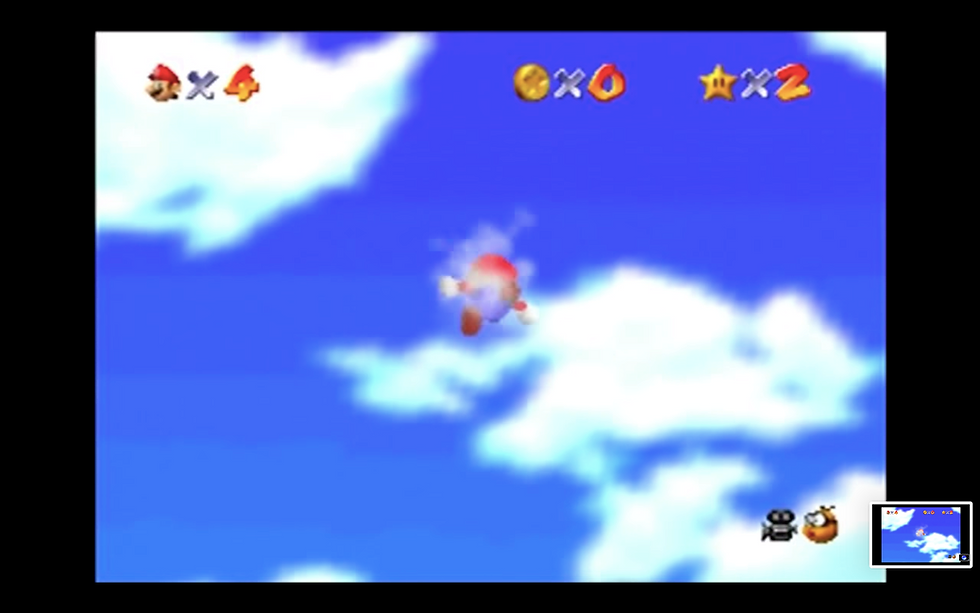Game Review: The Original Donkey Kong
- vbigdelle
- Oct 17, 2019
- 3 min read
Most people are fairly familiar with the character of Donkey Kong– he is a large gorilla, famous for being a part of the Mario universe. He is brute and forceful, often portrayed as the villain that Mario needs to defeat. However, before becoming yet another background player to Mario, he was the star of his own game. The 1985 game of Donkey Kong begins with a story as old as time- girl is held captive by beast, and hero needs to save her. At this point the player is automatically assigned the character of Mario, and given limited options in completing each level. Essentially the game consists of the controls jump, walk, and climb– you can jump over barrels, walk in either direction, or climb ladders to defeat Donkey Kong and retrieve Lady. There are only four levels, each with increasing difficulty and you begin with three lives, once you’ve run out, the game restarts from the first level. While the game premise was fairly simple–avoid being hit by any objects Donkey Kong throws, and reach Lady, it proved to be difficult. There were barrels from all directions, and Mario himself had no kind of power except jumping, and occasionally, if you were able to find a hammer, he could temporarily use it to knock away the barrels. However, you could not jump or climb the ladders while Mario held the hammer. Throughout your journey to complete each level, Lady would yell “Help!”, and once you reached her, thus completing the level, there was a brief moment of her expressing affection for you until Donkey Kong would steal her back, causing her to start screaming for help again.

The first glaring point to bring up is the fact that the one female character literally has no name–she is just “Lady”. The other two characters, presumably male, have fully formed identities. Even Donkey Kong, whose name is meant to translate to “Stupid Gorilla” is far more important than Lady, and the role she plays (Janet Burns). Almost anything could be put in place of Lady, and the game would be understood exactly the same. While if you were to replace Mario or Donkey Kong with some kind of inanimate object, the game would make no sense. Even though the game graphics themselves were very pixelated (a style now used as an homage to retro games), the cover art of the game displays a hyper-feminine character, assumed to be Lady, being forcefully held in Donkey Kong’s tight grip, while Mario heroically chases behind them. Within the game, Lady would often pivot back and forth on the small platform she stood upon and her skirt would blow up slightly, revealing numbers, possible her point value. When Mario finally reaches her, and the level has been completed, there is a final scene of Lady and Mario with a heart in between them. Lady is presumably expressing her gratitude for Mario, perhaps in a sexualized way.
While the game was created in Japan, it was made for the American market, and perhaps this points towards a bigger message of what the makers knew would sell in America. Had the game been about a strong female character, maybe the game would have been a failure, but the release of Donkey Kong was an unprecedented success in the states. This is not to diminish the effort that was put into creating the game, but it is just something to consider when looking at the shocking success. There is a noteworthy story of a video game developer who actually hacked the game in 2013 because his 3 year old daughter was upset that she couldn’t play as the female character – pointing towards the gradual shift in our societies view of stereotypical gender roles (Janet Burns). It doesn’t seem like it would in any way be too taxing for the original developers to have made Lady a possible choice of character, yet a three year old had to point out the lack in gender diversity.
sources used:
Burns, Janet. “13 Things You Might Not Know About Donkey Kong.” 13 Things You Might Not Know About 'Donkey Kong' | Mental Floss, 14 May 2015, www.mentalfloss.com/article/63838/13-things-you-might-not-know-about-donkey-kong.




Comments